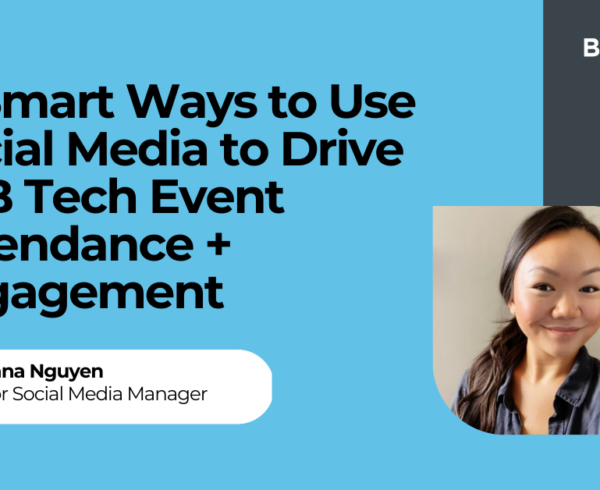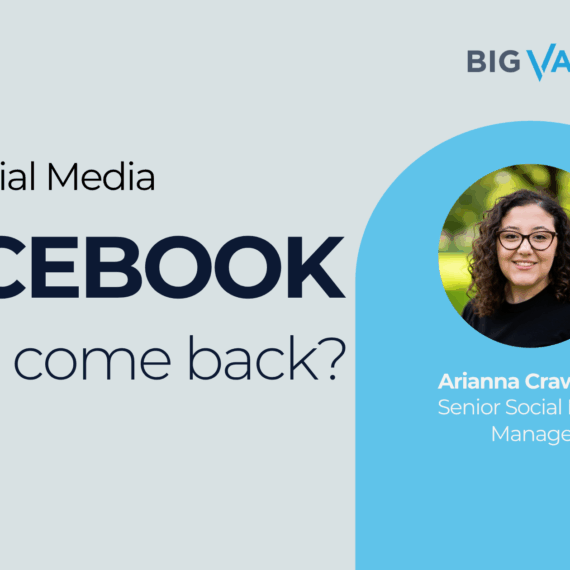It’s a classic PR conundrum. A disaster happens. A hurricane. A plane crash. 9/11. You have a relevant story to pitch to press – but do you? Or is doing so just plain tacky? Like never before, PR pros are asking those questions all day and every day. Plainly put, the COVID-19 outbreak is the greatest story of our lifetimes by at least two measures. It affects every person on the planet. And it dominates the news like no other story in the Internet age. Worse, we still have no idea how it ends, how many people it will kill, or when life will get back to whatever normal will be.
And in the midst of it all, you’d like to say something to the media about it, something that might position your company in a positive light. What do you do? Should you do anything at all? My colleague, former tech reporter Charlie (Coop) Cooper, recently wrote about many aspects of these questions , in particular the need to be helpful. Presuming you’ve heeded Coop’s advice and come up with something helpful to say, here are six other critical boxes to check.
First, let’s start with the second question: should you do anything? Unlike some disasters, the answer is yes (with critical caveats we’ll discuss in a minute). Based on the conversations I’ve had with journalists, the volume and topics of stories we see each day, and the almost unprecedented need for information, pitching COVID-related stories is not only acceptable, it’s necessary.
Entire news organizations, including technology titles, have pivoted to cover the implications of the virus on their audience. Many have special sections on their site. Topics such as remote work, the role of tech in studying and curing COVID, and the long-term implications on work culture and privacy are driving mass coverage. Reporters, although some don’t readily admit it, are our clients too. If, as Coop wrote, you can help them tell a good story, it’s your job to do so.
Second, ask yourself – are you being community-minded or commercial? Maybe you make technology that, directly or indirectly, will help epidemiologists find a cure. If you already are working with that community to help them find that cure, great – pitch that story (with THEM as the hero).
If instead you’re telling a reporter you have a product that can help if only people would buy it, stop. If you don’t have real-world case studies because no one is buying your product for reasons related to COVID, then you don’t have a COVID story. Lead with an organic story and you will be safe.
Third, once you decide to move – move fast. Reporters are churning out record amounts of copy following a story that changes by the minute. If a reporter asks you for a source, some data or art, turn it immediately. Those who dally – and we’re all busy, believe me – will be left out. Reporters, like water, follow the path of least resistance when they are busy. Be that path.
Fourth, be patient. Reporters tell me the volume of pitches is double the amount they typically get. And worse, the very story they’re covering 24/7 is simultaneously ruining their advertising revenue. As such, many news organizations have been forced to cut staff yet again. So fewer people are forced to do more in newsrooms already worked to the point of exhaustion.
Mistakes will be made. Stories that we thought would run on Tuesday might get pushed to Thursday. Interviews might get cancelled because an editor yanks a reporter off one story and puts them on another. In the past three weeks, I’ve dealt with all of these issues in numbers I can’t remember seeing before. You can get angry at the reporter and burn a bridge forever. Or – going back to the first question – you can be helpful and patient.
Fifth, do your homework. While this story is being covered in record numbers, not everyone is covering it. Move fast but not recklessly. Do what you should always do. Check out the reporter’s recent coverage. Scan their social channels. If they among the few covering non-COVID topics, don’t force it just because you’ve been struggling to get that particular reporter to pay attention to you. There are literally dozens of targets for almost any COVID angle. Don’t waste time with those who don’t need your help.
And finally, keep perspective. All of us have a way of forgetting there’s a big world out there beyond our company or industry. As PR people at times of crisis, it is imperative we are the last ones guilty of serving Kool-Aid around the virtual office. We need instead to flush it down the toilet. People are dying in tragic ways. Others are losing their jobs in staggering numbers. And all of us are scared. If you can help get needed information to the media that serves us, it’s your responsibility.
If you can’t, then focus solely on everyone’s top priority these days: stay safe.











